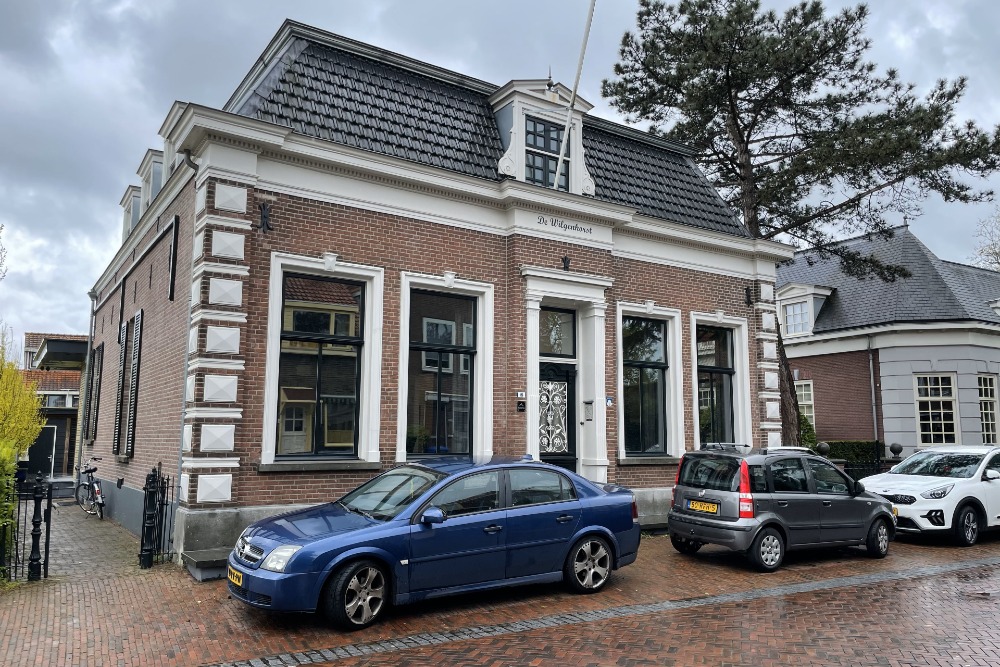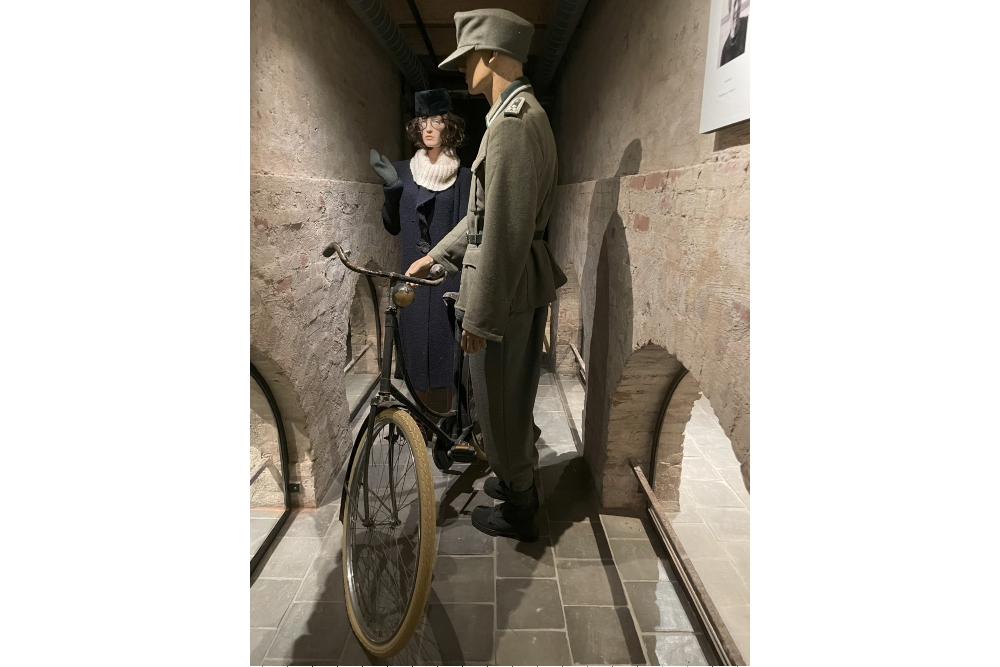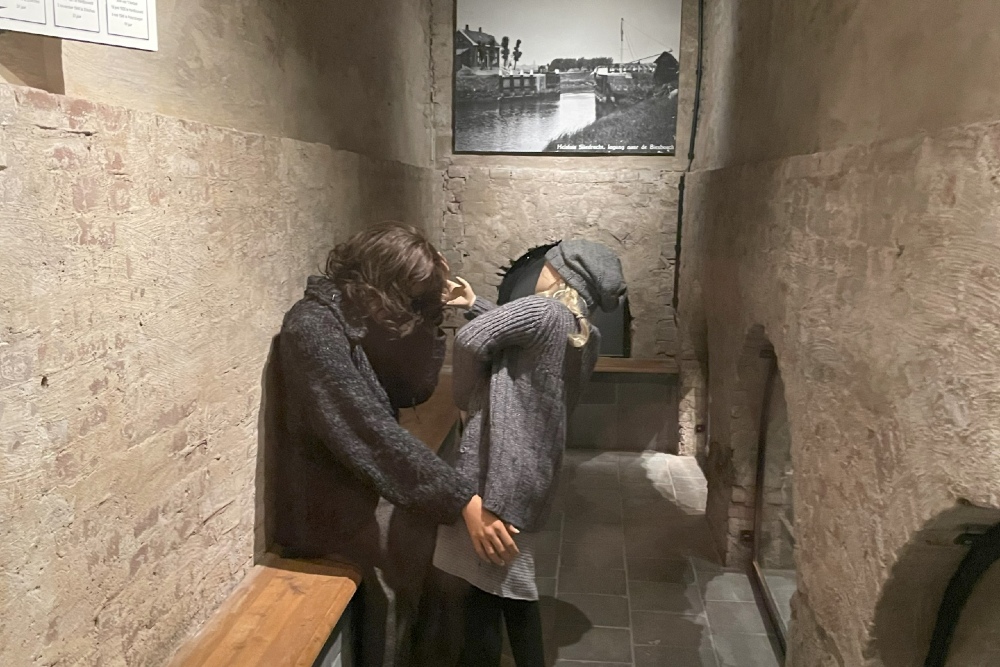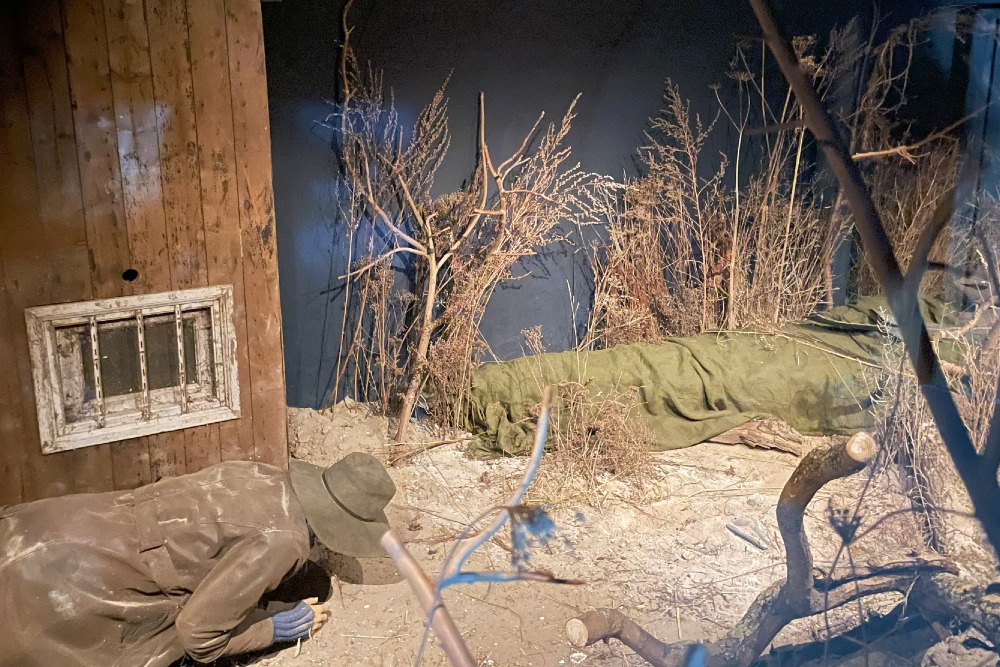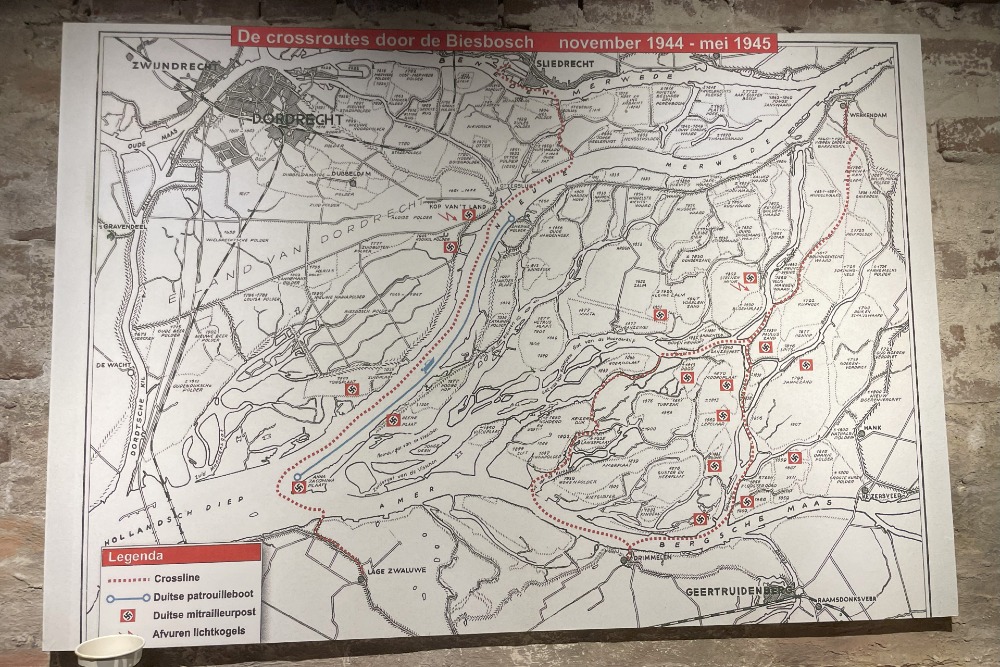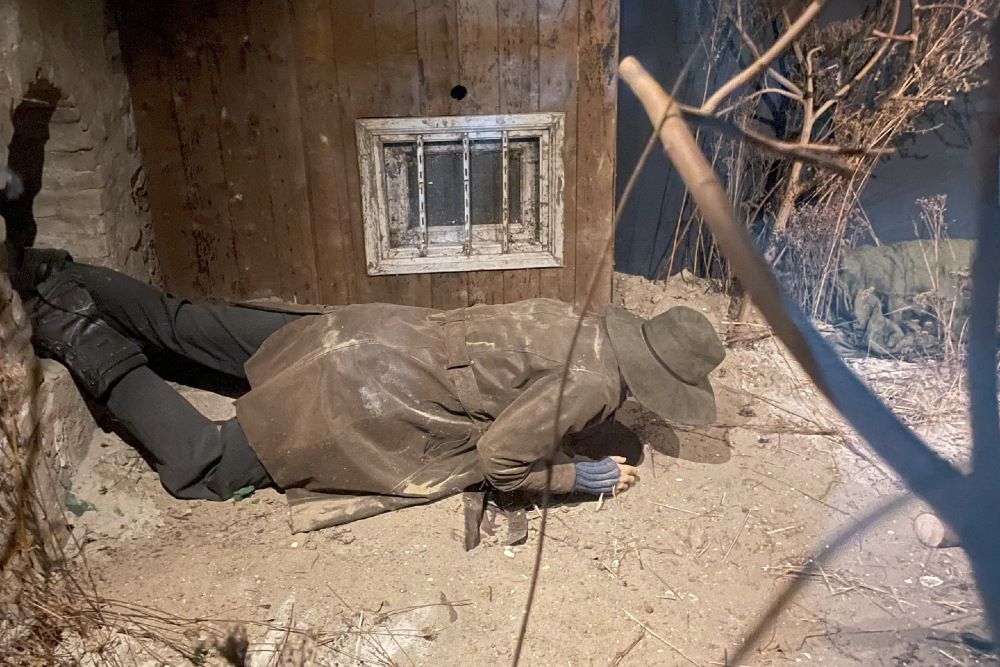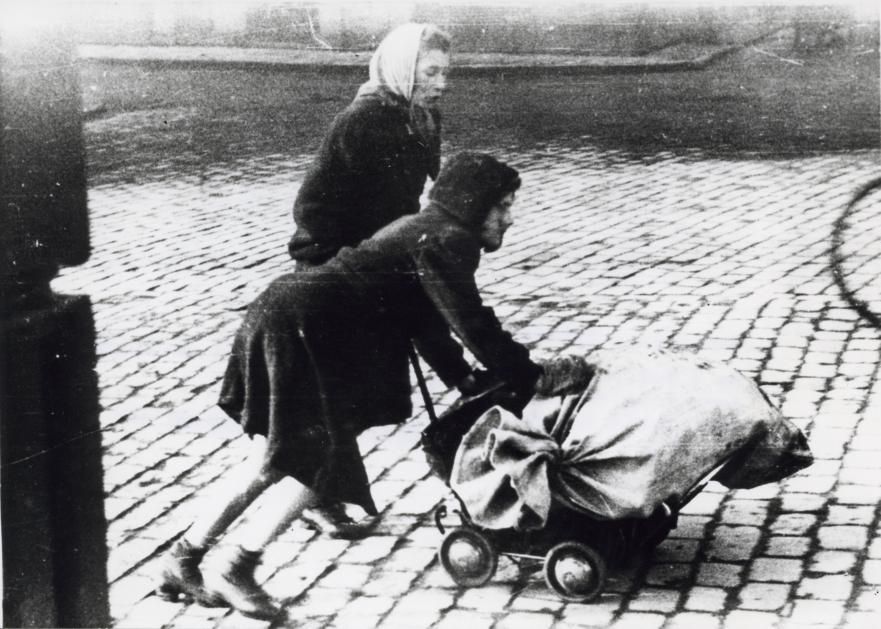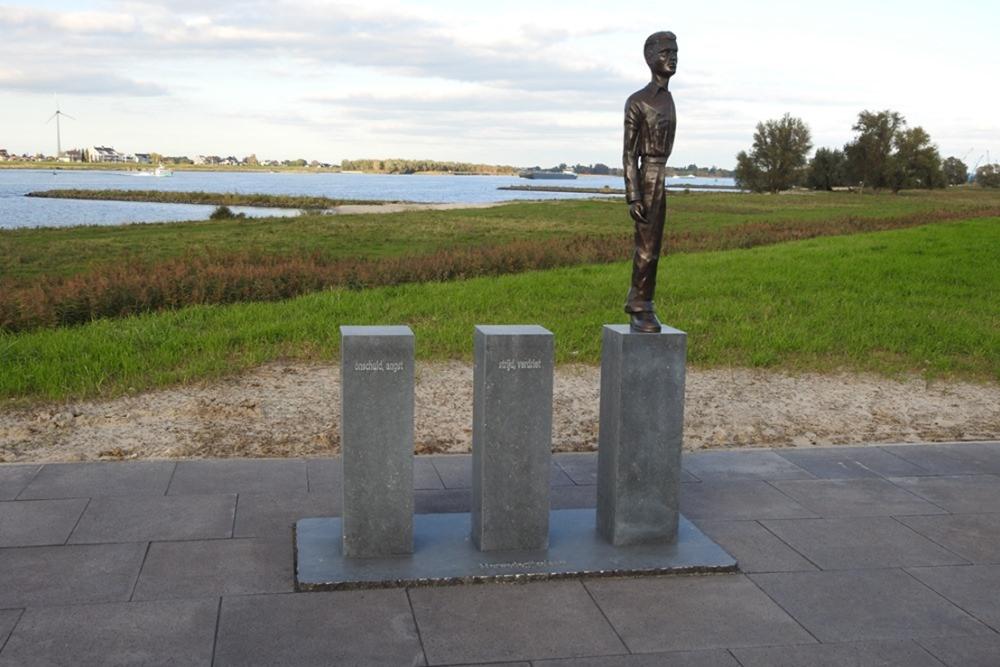The Wilgenhorst Sliedrecht
The dyke villa "De Wilgenhorst" was used as a rallying point and base of operations for the couriers and line-crossers of the Albrecht Group during World War II.
The Crossings:
After the south of the Netherlands was liberated, the need arose for a regular connection between the liberated south and the still occupied north of the Netherlands. Intelligence gathered by the Albrecht Group had to be delivered to liberated territory, but people also had to be transferred. From Sliedrecht, Bertus van Gool and Co Bakker made the first trip by rowboat to Lage Zwaluwe on the night of 5-6 November 1944. The aim was to map this route, which ran along the Merwede, through the Biesbosch and via the Nieuwe Merwede and the Amer to Lage Zwaluwe, and to explore where there were German posts.
When this route appeared more or less safe, trips called crossings, carried out by rowboats and canoes, got under way. From Sliedrecht, but also via a second route from Werkendam to Drimmelen. Apart from those for the Albrecht Group, there were also so-called wild crossings from Papendrecht and Hardinxveld, among others. In the Wilgenhorst, the focus is primarily on the Albrecht Group line-crossers because they operated from this building. It is estimated that 21 Liniecrossers made around 367 trips for the Albrecht Group during the last six months of the war. On the way out, they transported intelligence and people to liberated areas, and on the way back they brought back weapons, food and medicine. For example, General Hackett, who escaped after Market Garden, was rowed from Sliedrecht to liberated territory, but they were also responsible for supplying insulin where urgently needed. This insulin was relabelled and further distributed at the Wilgenhorst. Of the group of 21 Albrecht crossers, two did not survive the war. Arie van Driel and Kees van de Sande were executed at Fort De Bilt five days before the end of the war after being arrested at a crossing on 18 March 1945. The crossers could not do this work alone. Around them there was a network of men and women who did the courier work, hid people and organised their transport to the crossroads.
De Wilgenhorst then and now:
Sliedrecht crossmaster Bertus van Gool and his wife Jans moved in with their (in-law) parents who had rented the Wilgenhorst. The house became the centre for the crossers leaving Sliedrecht. It was a coming and going of couriers, weapons and ammunition were stored and tested in the basement, and the crossers left from the gantel (waterway) behind the house.
On the initiative of the Stichting Liniecrossers Sliedrecht and with the cooperation of the current occupant, a memorial room has been set up in the basement of the Wilgenhorst since 2019. In this basement, a scene of the Biesbosch has been staged and pictures and possessions of the 21 Linie-Crossers are exhibited. It also focuses on the Merwede Razzia of 16 May 1944 in which hundreds of men were arrested in the river area.
De Wilgenhorst can be visited by appointment only and is also available for gatherings where respect for history is a prerequisite.
For current visiting hours, please visit the website of the museum.
Do you have more information about this location? Inform us!
Source
- Text: TracesOfWar
- Photos: Jan de Jager
- SIMONS, J., Liniecrossers, Omniboek, 2021.
Related books
Nearby
Museum
- Museum of the Papendrecht Village Preservation Foundation - Papendrecht
- Biesbosch MuseumEiland - Werkendam
Point of interest
- Location Murder Jo Mussert - Sliedrecht
- Sliedrecht Synagogue - Sliedrecht
- Aart Alblas Bridge - Dordrecht
Monument
- Memorial Merwede Hostages - Sliedrecht
- War Memorial Sliedrecht - Sliedrecht
- Information Sign "The Saddest House of Sliedrecht" - Sliedrecht
Cemetery
- Dutch War Graves Sliedrecht - Sliedrecht
- Commonwealth War Graves Papendrecht - Papendrecht
- Dutch War Graves Papendrecht - Papendrecht
Remembrance Stone
- Stumbling Stone Molendijk 25 (former C 211) - Sliedrecht
- Stumbling Stone Molendijk 160 (former C 480) - Sliedrecht
- Stumbling Stone Wilhelminastraat 11 - Sliedrecht
Fortification
- Group Shelter Zeedijk - Dordrecht
- Group Shelter Heerenweg - Dordrecht
- Group Shelter Zuidendijk - Dordrecht
